Occupational safety training for operating construction hoists
99,000 ₫
Note: The above price is calculated per person. Prices may vary depending on the number of participants in the course and market fluctuations. For more accurate pricing information, please refer to the pricing table or contact our consulting staff directly.
Occupational safety is an important issue when operating hoists and must be addressed promptly to ensure the health and safety of workers and enhance the reputation of businesses here. The Occupational Safety Training course is one of the effective solutions to raise awareness among workers on how to prevent workplace accidents when operating hoists.
Table of Contents
Toggle1. Overview of Hoists
a. What is a Hoist?
A hoist (hoist lifting goods) is a device used to lift and move heavy loads from one location to another. These devices are commonly used in various industries such as construction, manufacturing, mechanical engineering, and other applications where lifting and moving heavy objects safely and efficiently is required.
Hoists usually include a lifting mechanism with a cable, chain, or wire rope, and a motor or handle to control the lifting and lowering process. The user or operator of the hoist can adjust the load by controlling or turning the handle or using control switches to operate the motor.
Hoist types vary in capacity and design, from simple manual hoists for light tasks to electric or automatic hoists for heavy lifting. They play an important role in lifting and moving large loads safely and saving time in industrial and construction processes.

b. Applications of Hoists in Production
Hoists are an essential part of the production process in many industries. Here are some common applications of hoists in production:
- Material lifting and moving: Hoists are used to lift and transport raw materials, components, and finished products from one location to another during production. This includes lifting barrels, packages, or other materials and moving them to machinery or other areas for further processing.
- Product assembly: During assembly, hoists can lift components and accessories and place them accurately on the finished product.
- Heavy-duty production: Industries such as automotive manufacturing, machinery production, and aerospace often use hoists to lift and move heavy components like engines, vehicle frames, and large parts.
- Loading and unloading products or goods: Hoists are often used to load and unload products from trucks, containers, or ships into and out of factories.
- Product packaging: In the packaging process, hoists can lift and place products into boxes or cartons before shipment.
- Maintenance and repair: Hoists can also be used to lift and support machinery or equipment during maintenance and repair.
- Hazardous or high-temperature environments: In environments where direct human contact is unsafe, hoists can move materials or products safely.

c. Industries Using Hoists
Hoists are widely used across many industries. Some key sectors include:
- Automotive industry: Hoists are used to lift and move large components such as engines, vehicle frames, and other parts during car manufacturing.
- Aerospace industry: In aircraft assembly and aerospace component manufacturing, hoists play a vital role in lifting and moving heavy and bulky parts.
- Machinery manufacturing: Factories producing industrial machinery use hoists to assemble and transport large machine parts.
- Electronics industry: For electronics production like computers, smartphones, and other devices, hoists are used to lift and move components and circuit boards.
- Food and beverage industry: Hoists are used to lift and transport ingredients and food products, including ice containers, packaging, and cartons.
- Metal production: Hoists are essential in lifting and moving large metal sheets in steel, aluminum, and copper production.
- Energy production: During construction and maintenance of power stations, hoists move generators, transformers, and cables.
- Chemical industry: Hoists lift and move chemical containers and equipment during production.
- Paper and packaging: Hoists are used to lift and transport large paper rolls and packaging materials.
Hoists are versatile tools and a crucial part of production processes in almost every industry.
2. Overview of Safety Training for Hoist Operation
a. What is Occupational Safety Training?
- Occupational safety training for hoist operation includes courses that equip workers with knowledge on preventing workplace accidents. Workers directly operating hoists are classified as Group 3.
- Safety training helps workers recognize and avoid hazards, reducing the risk of workplace accidents.
REGISTER FOR OCCUPATIONAL SAFETY TRAINING
b. Training Duration
Initial Safety Training
- Total training duration is at least 24 hours, including testing time.
- 8 hours of theory on safety and labor hygiene policies and laws
- 8 hours of basic occupational safety and hygiene knowledge
- 4 hours of specialized training theory
- 2 hours of specialized training practice
- 2 hours of final theoretical examination
Training centers will schedule multiple sessions depending on worker availability, typically 6 sessions over 3 days if the company can arrange consecutive training.
Periodic Safety Training
- Before the safety card expires, workers must complete periodic occupational safety training, with duration at least 50% of the initial training time.
Explanation: The total periodic training time is at least 12 hours, including testing. After completing periodic training and passing the exam, workers are reissued or extended the safety card.
c. Training Content
| No. | TRAINING CONTENT | TRAINING HOURS | |||
| Total | Including | ||||
| Theory | Practice | Exam | |||
| I | Safety Policies and Labor Hygiene Laws | 8 | 8 | 0 | 0 |
| 1 | Overview of occupational safety and labor hygiene legal documents. | 6 | 6 | ||
| 2 | System of safety standards and technical regulations. | 1 | 1 | ||
| 3 | Specific regulations of government authorities on safety during new construction, expansion, renovation, and equipment use, storage, and inspection. | 1 | 1 | ||
| II | Basic Occupational Safety Knowledge | 8 | 8 | 0 | 0 |
| 1 | Basic knowledge of workplace hazards. | 4 | 4 | ||
| 2 | Methods to improve working conditions. | 1 | 1 | ||
| 3 | Safety culture in production and business. | 1 | 1 | ||
| 4 | Rights and responsibilities of employers and employees; safety policies and roles of safety officers. | 1 | 1 | ||
| 5 | Safety rules, signage, use of safety equipment, first aid skills, and occupational disease prevention. | 1 | 1 | ||
| III | Specialized Training Content | 6 | 4 | 2 | 0 |
| Comprehensive knowledge of machinery, hazardous substances; risk analysis and management, safe operating procedures with equipment and hazardous substances. | 6 | 4 | 2 | ||
| IV | Final Safety Training Examination | 2 | 2 | 0 | 0 |
| Total | 24 | 22 | 2 | ||
See more training content for all 6 groups
d. Occupational Safety Card
After completing the occupational safety training and passing the exam, workers will be issued a safety card (commonly called Group 3 safety certificate).
The Group 3 safety card includes details such as name, date of birth, job, specific work environment, training duration, official stamp, and signature confirming training completion.
According to Clause 2, Article 24 of Decree 44/2016/ND-CP, there are two cases:
- If the employer and employee have a labor contract, the employer must sign and stamp the safety card after the employee completes Group 3 training and passes the exam.
- If the worker is freelance or seasonal without a labor contract, the training unit must sign and stamp the safety card after the worker completes training and passes the exam.

3. Hazards When Operating Construction Hoists
Construction hoists can be a useful tool for lifting and moving heavy loads, but if not operated safely and carefully, they can pose significant hazards to operators and those nearby. Here are some common hazards when operating construction hoists:
- Falling objects: One of the biggest hazards is the risk of objects falling from height if the hoist is not properly operated or maintained. This can cause serious injuries or even death to people nearby.
- Loss of control: If the hoist is not precisely controlled, it may move in the wrong direction or at excessive speed, causing accidents or equipment damage.
- Cable or chain issues: Slipping or over-stretching of cables or chains can lead to mechanical failure or breakage, increasing the risk of falling objects.
- Collisions and impacts: The hoist may collide with structures or other objects during operation, causing damage to both the equipment and the structure it hits.
- Overloading: Using the hoist to lift loads beyond its capacity can cause equipment failure or collapse.
- Unsafe operation: Operators who do not follow safety rules or use personal protective equipment are at risk of injuries or accidents.
- Weather conditions: Adverse weather such as strong winds, heavy rain, or snow can increase the risk during hoist operation.
- Hazardous work environments: Using hoists in environments with toxic chemicals or polluted air can endanger operators’ health.
To ensure safety when operating construction hoists, operators must follow the specific safety rules for each type of hoist, regularly inspect and maintain equipment, and receive proper training on its use. Additionally, complying with safety regulations and guidelines issued by regulatory agencies and the government is essential to prevent accidents and hoist-related hazards.

4. Measures to Prevent Work Accidents When Operating Construction Hoists
To prevent work accidents when operating construction hoists, the following specific safety measures should be followed:
- Training and certification: Ensure that all hoist operators are trained and certified to operate the hoist. This includes learning how to operate the equipment, perform safety checks, and understand safety procedures.
- Regular equipment inspections: Conduct regular inspections and maintenance to ensure the hoist operates safely and reliably. This includes checking cables, chains, control systems, and other hoist components.
- Pre-use inspection: Before using the hoist, operators should perform a quick safety check to confirm all components are functioning normally and there are no issues to address.
- Work environment assessment: Evaluate the work environment for factors that may affect hoist operation, such as weather conditions, collision risks, or hazardous substances.
- Follow safety rules: Adhere to all safety rules and guidelines set by regulatory authorities, including using personal protective equipment, respecting maximum load limits, and following safe procedures.
- Risk identification and response: Identify and assess potential risks when operating the hoist and develop plans to mitigate them, including marking danger zones and preparing preventive measures.
- Communication and coordination: Maintain clear communication between hoist operators and workers nearby, including supervisors and on-site personnel, to ensure everyone understands and follows safety procedures.
- Incident reporting: Any incident or accident during hoist operation must be documented and reported immediately to investigate causes and prevent recurrence.
- Emergency protocols: Have emergency plans in place, including safe methods to evacuate the hoist quickly and safely in case of accidents.
- Safety supervision: Assign a safety officer or supervisor to monitor hoist operations and ensure compliance with all safety measures.
- Periodic inspection of hoists to detect early safety issues such as wear, mechanical failure, or malfunctions, reducing the risk of work accidents.
5. Benefits of Occupational Safety Training
An Toan Nam Viet provides the following benefits to businesses after completing occupational safety training courses in compliance with Decree 44/2016/ND-CP on Occupational Safety and Hygiene:
- Employees can recognize potential hazards and take preventive measures to avoid work accidents.
- Businesses can establish risk prevention measures in production, operation, and maintenance processes.
- Reduce costs associated with workplace safety risks.
- Uninterrupted production improves labor productivity and product quality.
- Compliance with labor safety laws reduces legal risks.
- Enhances professionalism and company reputation, improving brand value.
These training courses help individuals prevent external hazards that could lead to injury or even death.
REGISTER FOR OCCUPATIONAL SAFETY TRAINING
6. Customer Feedback After Completing Training
An Toan Nam Viet has years of experience partnering with many businesses across Vietnam, especially in the southern provinces. This responsibility is highly valued, and our Occupational Safety Training is continuously improved for professionalism. Positive feedback and suggestions from clients drive our development. Below are some testimonials from partners we have served.
7. An Toan Nam Viet Occupational Safety Training Capabilities
An Toan Nam Viet is a reputable and quality center for occupational safety training in Vietnam, offering continuous training at factories, workshops, and construction sites nationwide (all 63 provinces).
REGISTER FOR OCCUPATIONAL SAFETY TRAINING
Training License
- An Toan Nam Viet has been inspected and certified by the Department of Labor Safety under the Ministry of Labor, Invalids and Social Affairs, confirming eligibility to conduct occupational safety and hygiene training.

Training Materials and Lectures
- All training materials are reviewed before inclusion in safety training courses to ensure knowledge accuracy and practical effectiveness.
- Teaching methods follow An Toan Nam Viet’s standardized methodology, developed by occupational safety experts to maximize learner understanding.
Facilities
- Controlling classroom factors enhances training efficiency and knowledge retention.
- Our training facilities provide spacious classrooms meeting standards for area, lighting, and training equipment.
8. Nationwide Reputable Safety Training Center
At An Toan Nam Viet, we prioritize occupational safety training. Our goal is to equip workers with the knowledge to protect themselves, contributing to national development.
We carefully prepare all training elements, from tools and equipment to curricula, audio, and lighting. Our instructors are experienced experts with research on hazard identification and prevention across industries. Lectures are practical and easy to understand, aligned with Decree 44/2016/ND-CP. Workers learn preventive measures and how to protect themselves, applying them in real work situations.
Our training center offers:
- Competitive training costs while maintaining quality.
- Flexible scheduling according to company production.
- Fast and compliant certification procedures.
- Experienced trainers.
- Controlled classrooms to enhance teaching and learning efficiency.
- Lectures tailored to occupational safety in enterprises.
- Dedicated and professional service for accurate and timely support.

9. Additional Occupational Safety Training Resources
- Safety materials for operating construction hoists
- Occupational safety training material set
- Occupational safety test set
- Safety multiple-choice test for hoist operation
- Safety training slides for hoist operation
10. Occupational Safety Training Activities
1 review for Occupational safety training for operating construction hoists
No comments yet

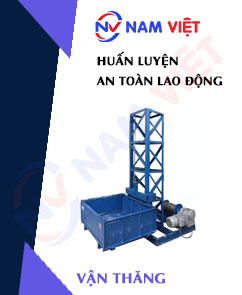
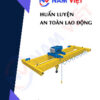
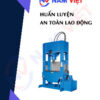



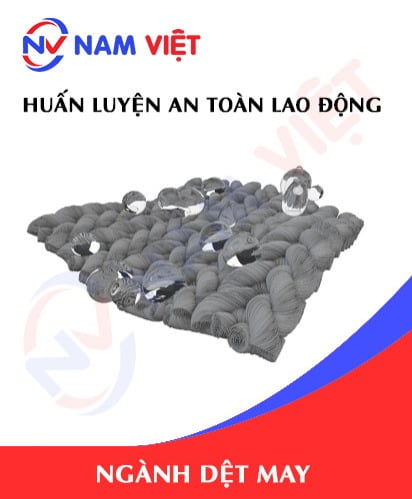
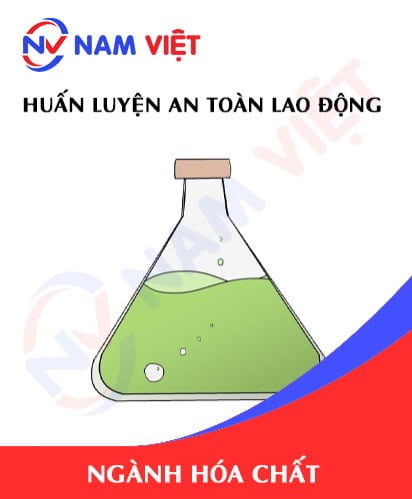

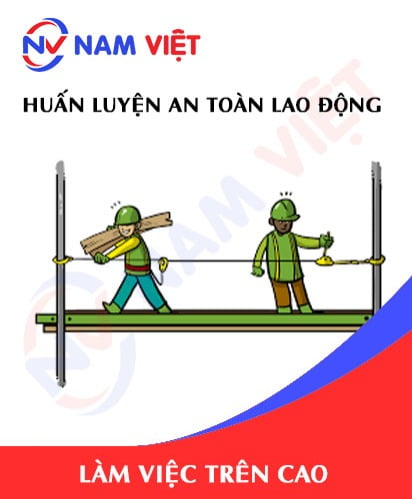
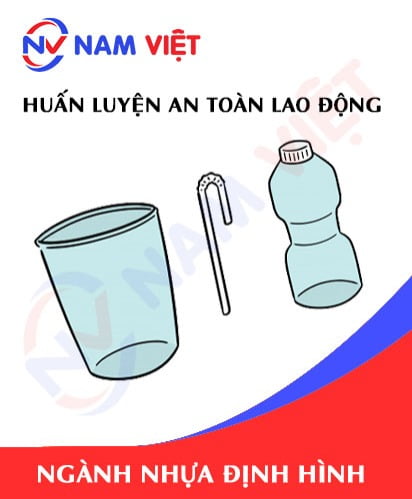
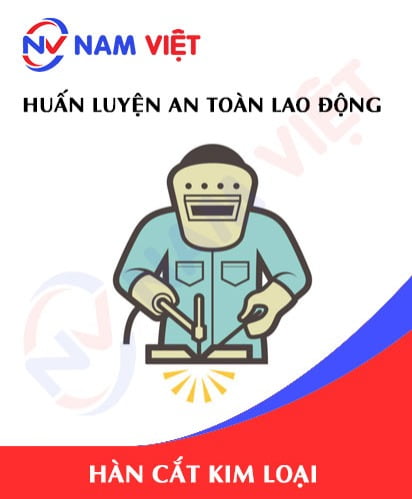
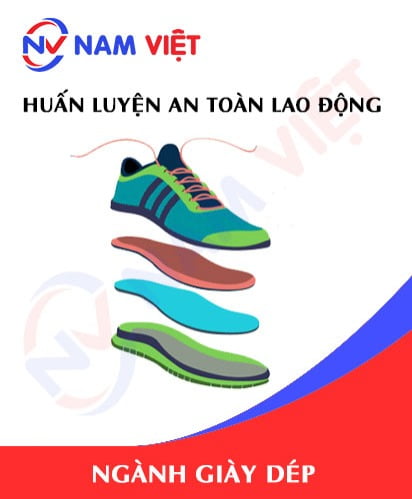

phanminhhang341
The lecturer teaches very lively and easy to understand!